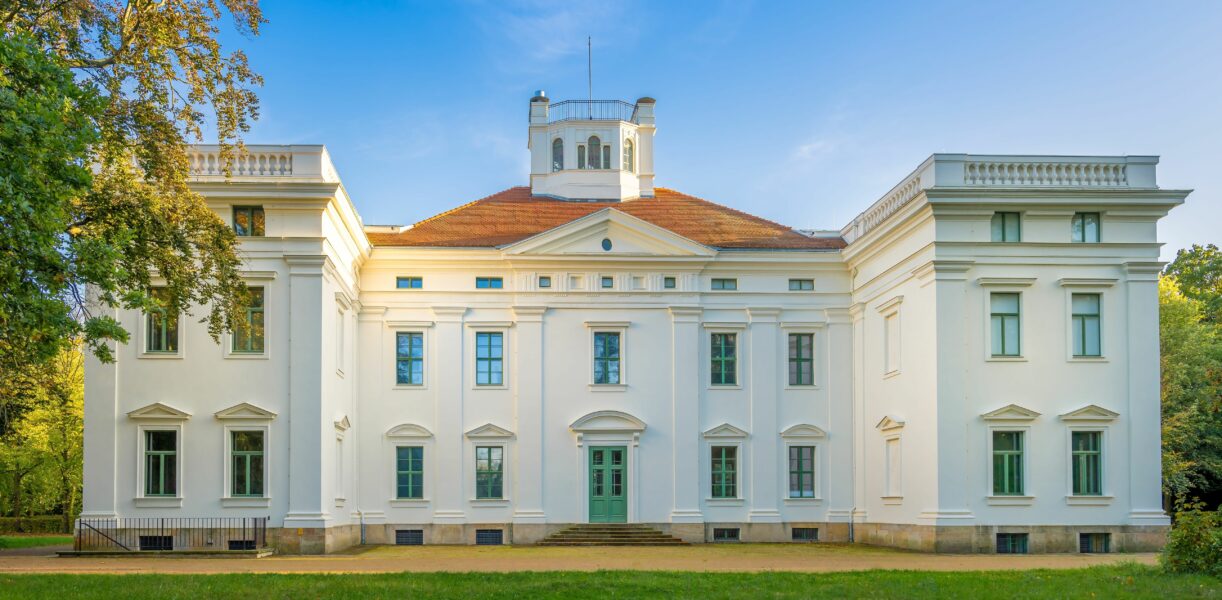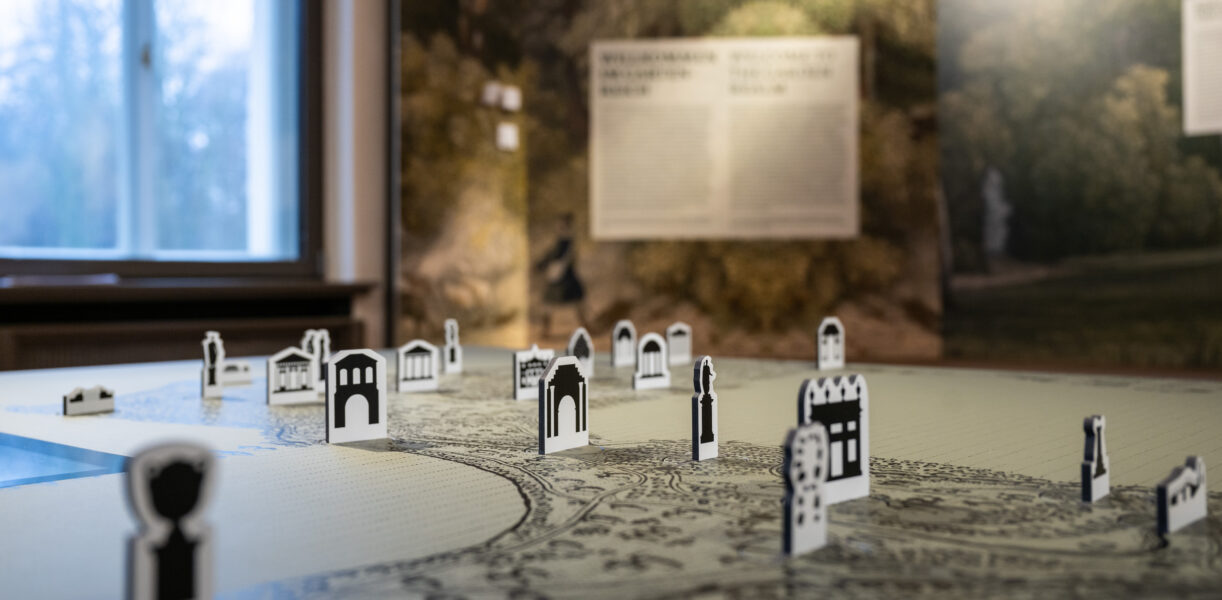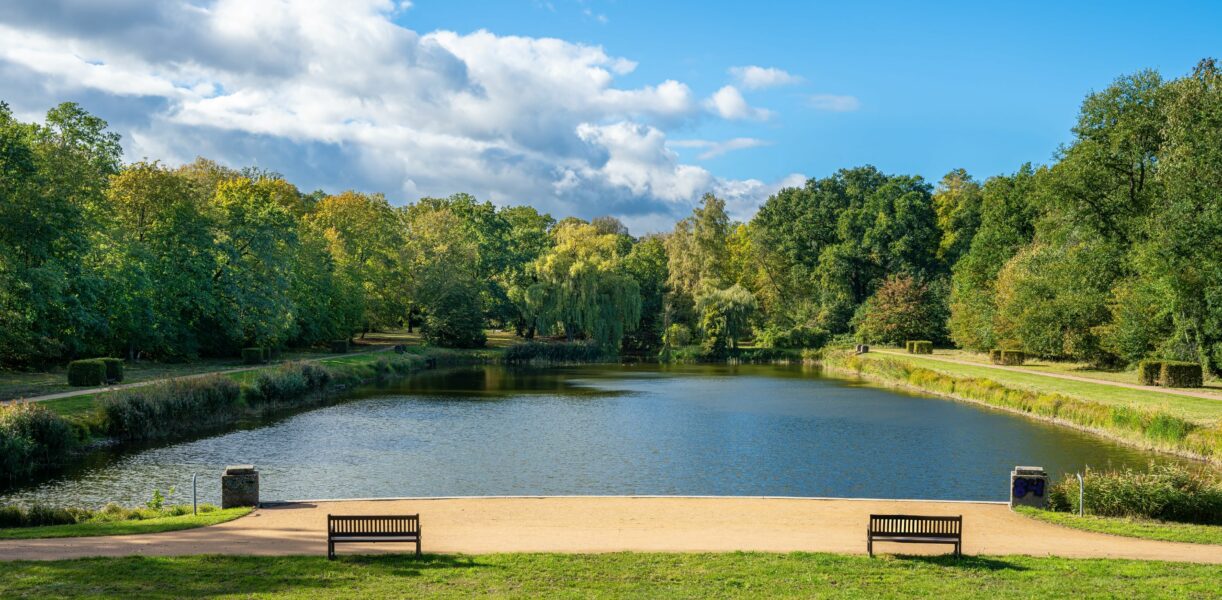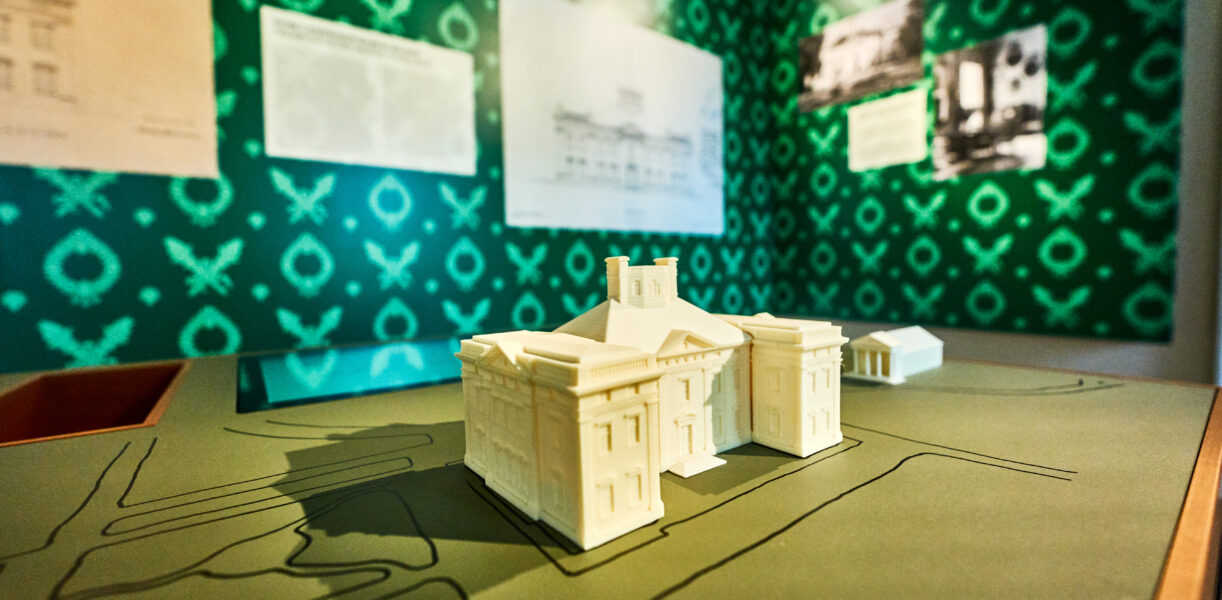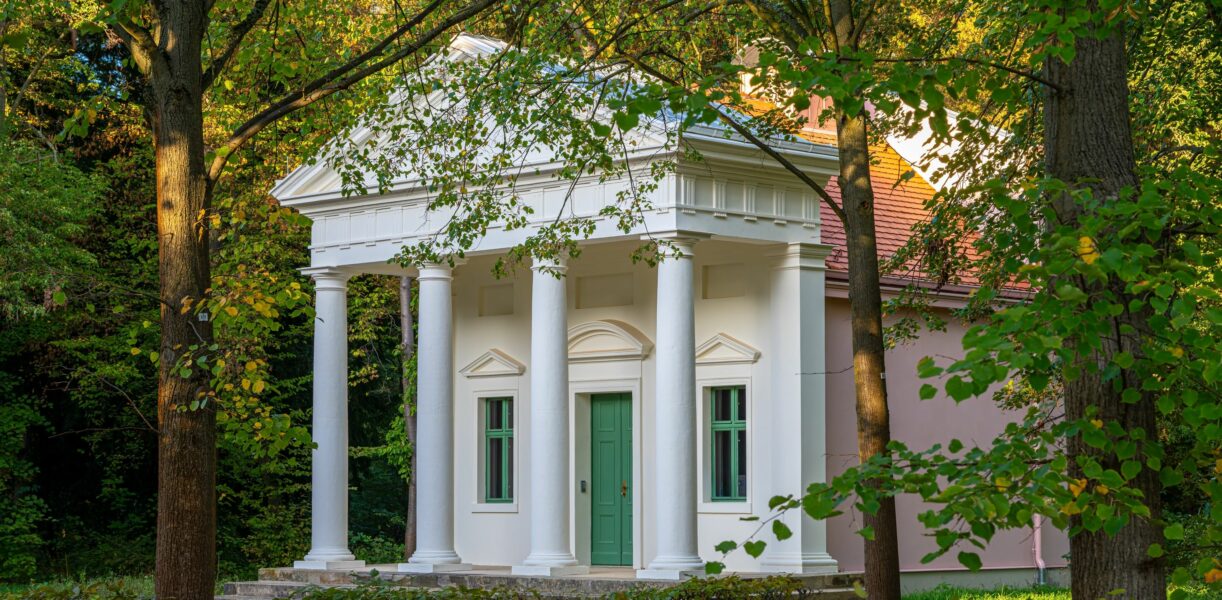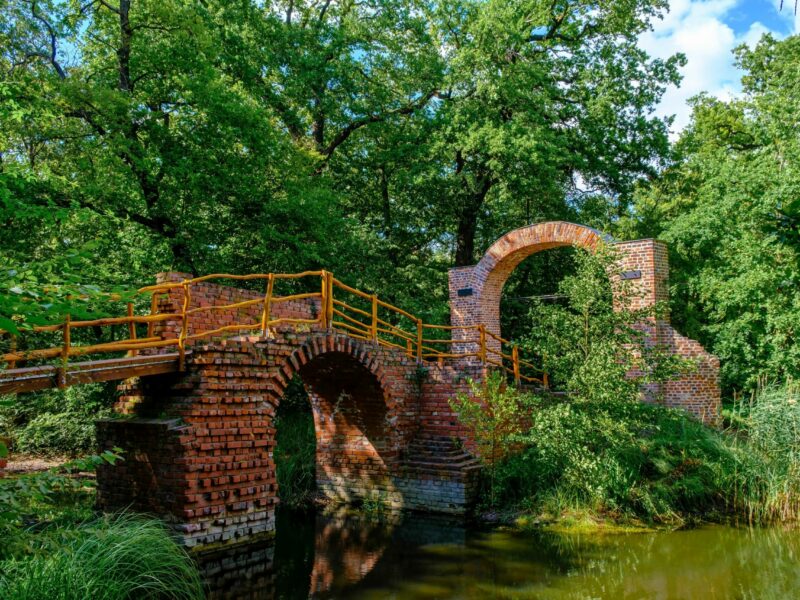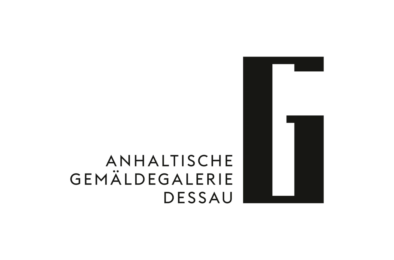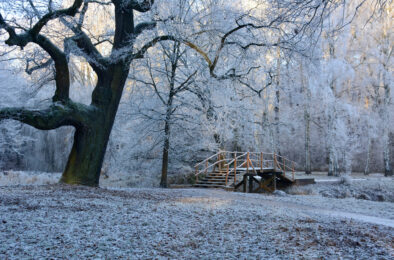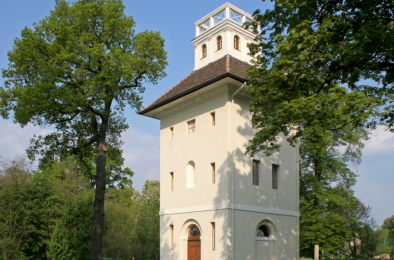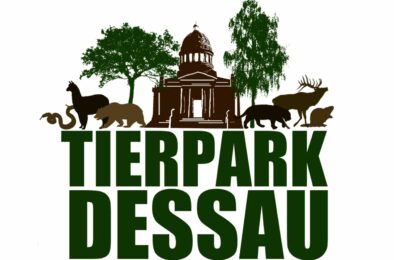Georgengarten and
Georgium Palace
with Anhalt Picture Gallery
In Dessau’s Georgengarten, it is fascinating to see how cleverly an existing alluvial forest, the so-called Beckerbruch, was integrated into an English landscape park. In this way, exquisite garden design and the wild nature of the Elbe floodplains merge into a homogeneous whole. The heart of the complex is the classicist Georgium Palace, which rises like a silent sentinel from the green expanses and invites visitors to explore the art-historical treasures within.
Come on in!
What to expect
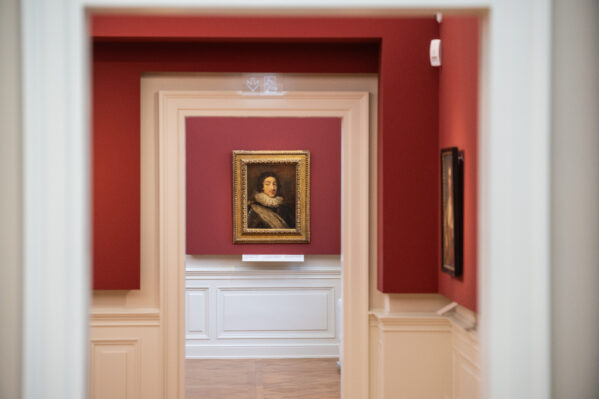
The permanent exhibition of the painting collection is presented in more than 20 rooms on the two upper floors of Georgium Palace. Around 250 paintings have been selected for this purpose, arranged according to epochs and themes, allowing visitors to take an artistic journey through time from the 15th to the 20th century, from the late Middle Ages to modern times.
City of Dessau-Roßlau
Anhalt Picture Gallery Dessau
Puschkinallee 100
06846 Dessau
Tel. +49 (0) 340 66 12 600
gemaeldegalerie@dessau-rosslau.de
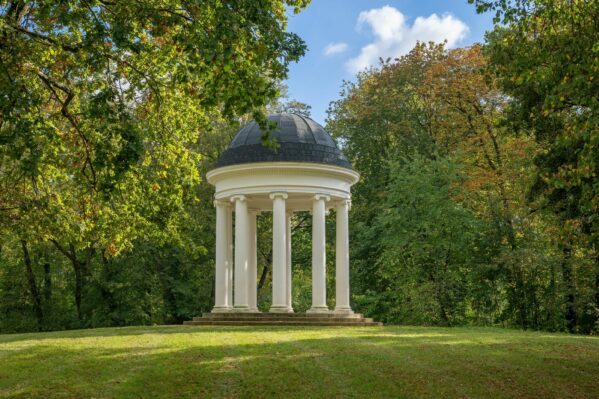
The park is open all year round and is freely accessible.
In the event of weather events, closures may take place at short notice. There is a limited winter service.
City of Dessau-Roßlau
Anhalt Picture Gallery Dessau
Puschkinallee 100
06846 Dessau
Tel. +49 (0) 340 66 12 600
gemaeldegalerie@dessau-rosslau.de
More
Tips, offers, events,...
Any questions?
We are here for you!



